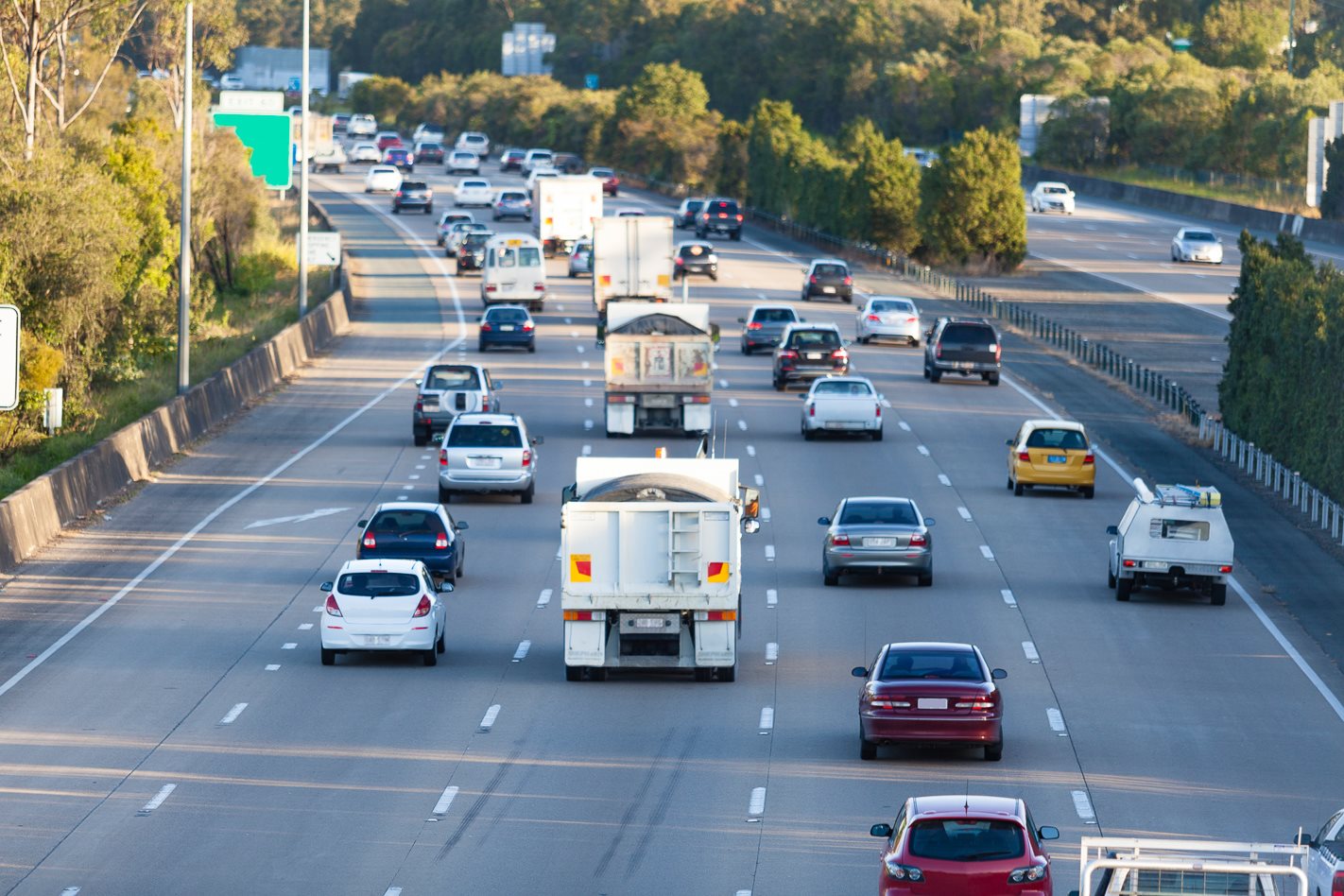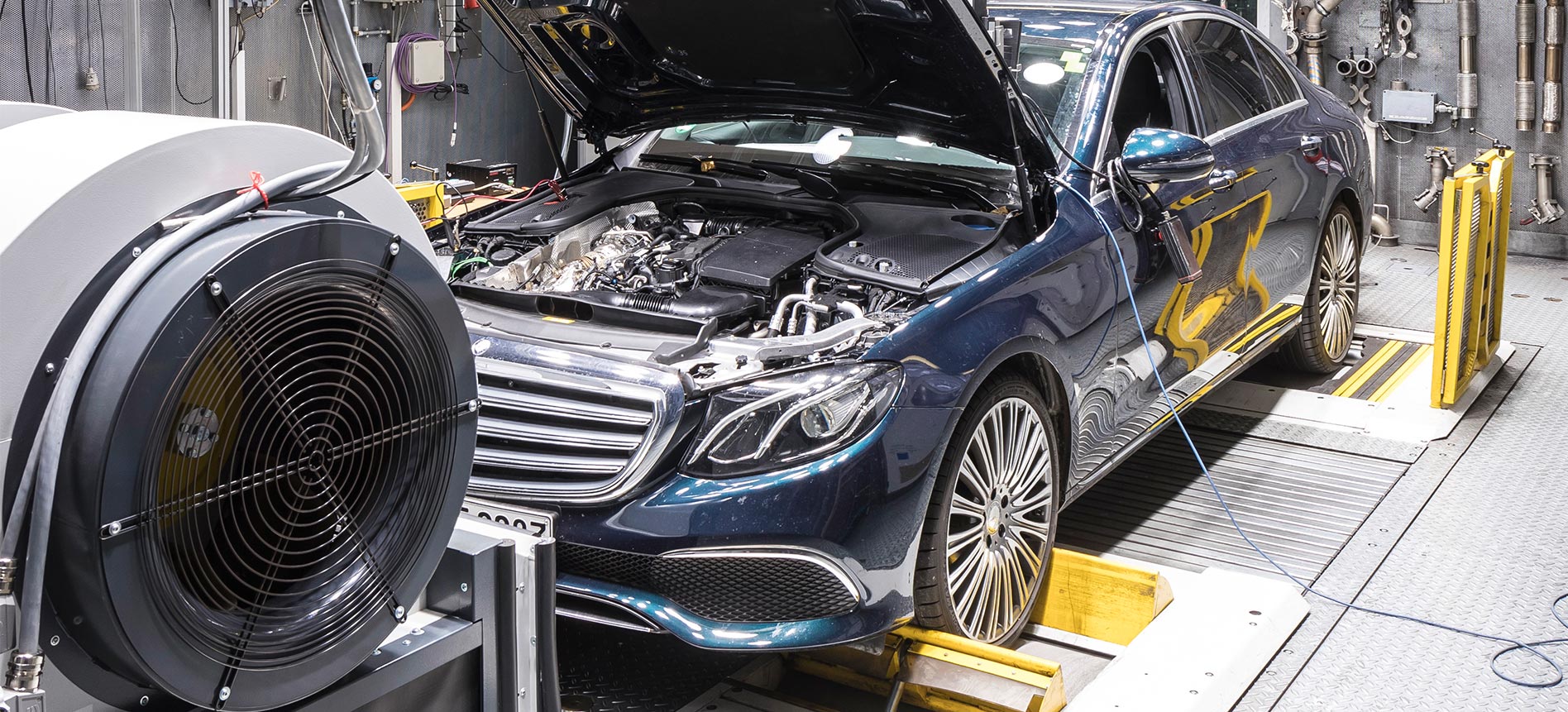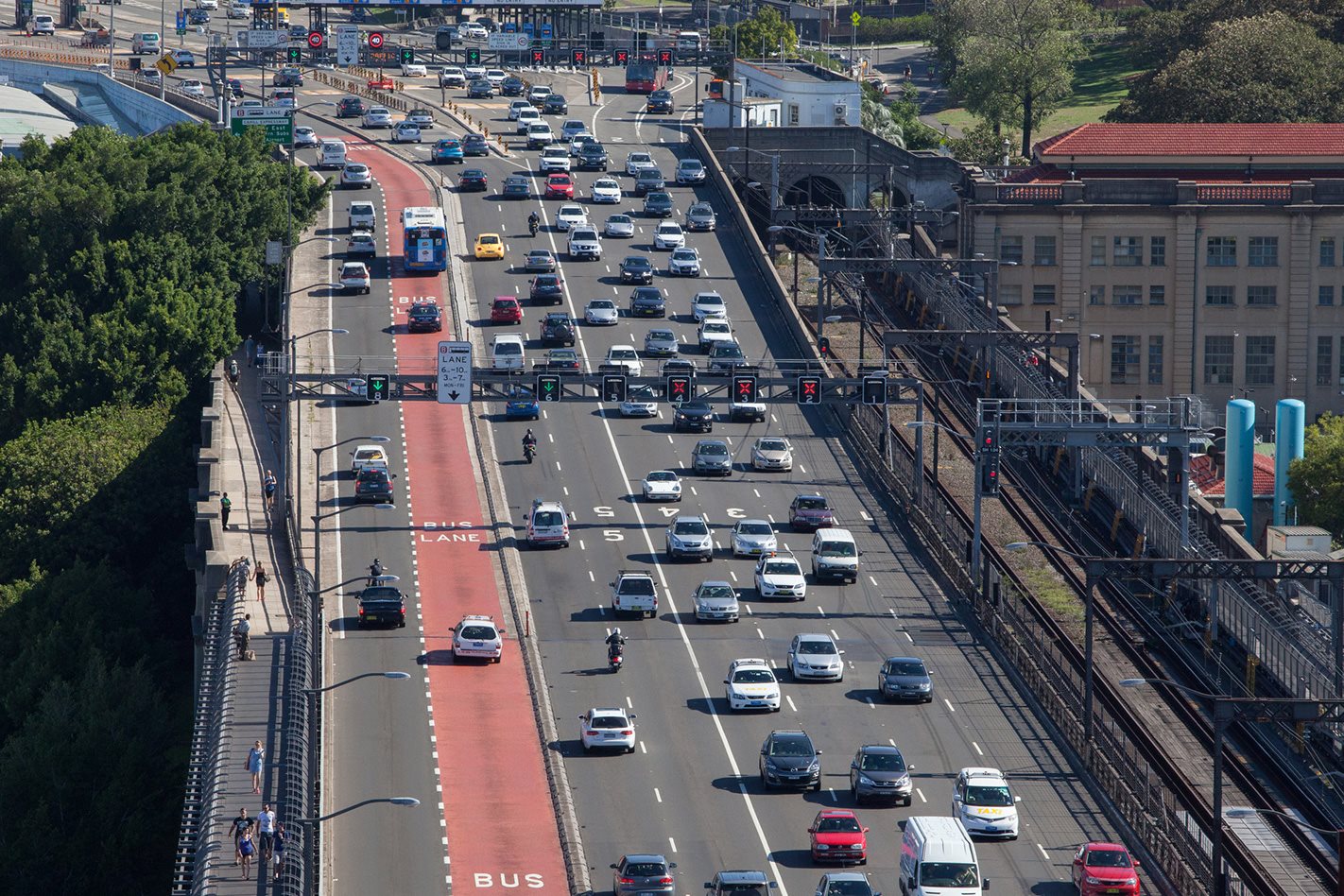
The Federal Chamber of Automotive Industries (FCAI) has introduced a new industry-led voluntary emissions reporting scheme that will see emissions targets extrapolated across the next ten years.
The FCAI CO2 Emissions Standard represents a new push by the Australian automotive industry to try and bring its most efficient cars to Australia, in order to combat the nation’s greenhouse gas emissions.

In contrast to reporting schemes currently used in Europe, the Australian Standard will look at manufacturer emissions over the next ten years.
This recognises the fact that some manufacturers may not record annual improvements or will use different strategies to reduce CO2 outputs.
While acknowledging that the industry itself has achieved a reduction in greenhouse gas emissions of 24.9 percent since 2005 levels, the FCAI states there is always more to be done.

“The FCAI strongly supports a comprehensive approach to addressing motor vehicle emissions that includes fuel quality standards, the introduction of Euro 6 and the introduction of a challenging but realistic, achievable and market-relevant CO2 standard,” said FCAI chief executive Tony Weber.
“In this context, the FCAI Standard has been based on internationally mandated practices, including those from Europe and the USA, while still recognising the unique characteristics of the Australian market.”
It is expected of manufacturers to aim toward an average four percent reduction in CO2 per annum for MA vehicles (passenger cars and light SUVs) and an average reduction of three percent for MC and NA vehicles (heavy SUVs and light commercial vehicles) per annum.

If the above guidelines are followed, on average, MA vehicles will output no more than 100 grams per kilometre of CO2 by 2030, while those in the MC and NA category will output no more than 145 grams per kilometre of CO2.
Targets will be calculated jointly between the FCAI and its member manufacturers on a sales-weighted average according to current VFACTS data.
Emissions reporting data will be in-line with that supplied to the European Environment Agency which allows for various credits to help manufacturers hit their targets.

These sorts of concessions include super credits for manufacturers introducing electric vehicles (which will count as three vehicles), air conditioning gas credits for models that use safer refrigerants and ‘off-cycle’ credits for manufacturers that introduce fuel-saving tech such as start/stop engine tech mid-way through a model’s life cycle, for example.
The idea behind the new standard is to provide Australia with more technologically advanced and fuel-efficient vehicles in a more timely manner.
There is no financial penalty for carmakers who miss these targets.
The FCAI hopes that consumer choice directs Australian car makers to hit the new Standard’s CO2 emissions targets, stating that “consumers take CO2 emissions seriously” and subsequently base their purchases on these factors.
Why is this being introduced now?
The FCAI has been pushing the government toward emissions targets for years, though it has not come to the party. This has pushed carmakers and automotive bodies like the FCAI to implement change.

The FCAI has implemented the standard in place of governmental regulation, and it aims to propel Australia forward in the fight for more fuel-efficient, technologically advanced and safer cars.
A lot of flexibility has been built in by the FCAI; the long-stretch 2030 target means importers will have flexibility with their parent companies to bring more fuel-efficient cars to market in Australia.
As well, automotive groups have flexibility in transferring credits among one another in order to hit targets. For example, Toyota is able to share its credits with Lexus in order for both manufacturers to hit their respective targets.
What does this mean for consumers?
If the scheme works to plan, Australians will start to see more choice in the new car market. New, more fuel-efficient cars and more fuel-saving tech will become more commonplace in Australian car dealerships.
The standard doesn’t look to exclude vehicles that don’t hit their targets; rather, it looks at incentivising companies to bring in more models that do match or beat the CO2 targets.

The FCAI will report on the CO2 Emissions Standard on a yearly basis, with the first report to be conducted in Q1 of 2021.
Consumers will have to pay close attention to those reports in order to understand who’s hitting their targets and who isn’t, though, as no additional labelling or emissions placards will be placed on new cars.



